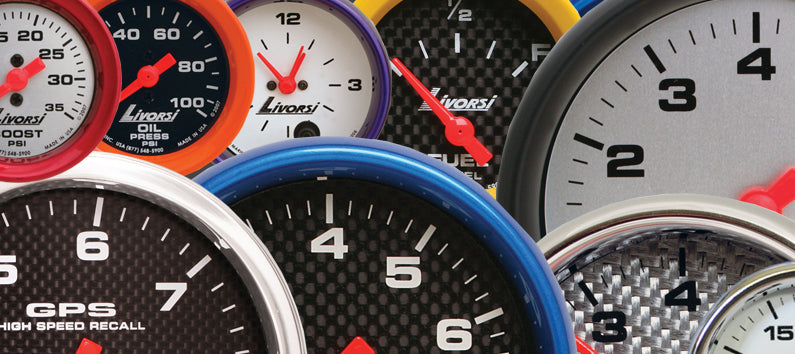
Your boat's speedo is an essential part of your watercraft. Just as you trust your vehicle's speedo to determine how fast you're travelling on the road and ensure you're complying with speed limits, the boat's speedometer serves a similar purpose.
However, the speedo operates differently in the open water than it does on solid ground. Obviously, your boat doesn't have rotating wheels which help determine a vehicle's speed, so your watercraft's speedo works with the water and other elements to show you how fast you're travelling.
Having a working speedo on your boat is essential for staying safe in the water and complying with speed limits - you may not even realise how fast you're travelling on the water, which could lead to a dangerous situation. Whether you're cruising on a placid lake or sailing into choppy seas, your boat's speedometer works keeps you at a steady pace and ensures you don't speed and overextend your engine.
Two very different options
When it comes to watercraft speedometers, Towers4Boats explained that boat owners are typically presented with two different options: manual speedos and GPS. Whether you've recently purchased a boat or are thinking of changing its speedo, it's important to know how each option works.
How a manual boat speedometer works
Manual speedometers are a popular option for boat owners because they display how fast you're moving on the water. The pressure gauge will typically be on your dashboard and appear similar to the one in your vehicle, however, a manural speedo uses a pitot tube to estimate your boat's speed.
A pitot tube speedometer, work with pitot tubes that are connected to the dashboard through the underside of the boat through a cable and stick out into the water. This long, triangular plastic tool travels along the surface of the lake, ocean or river you're boating on and water enters the attached tube which is also connected to the speed gauge.
As water fills the tube the air inside it becomes pressurised by the force of the water, explained Best Boat. The change in pressure gives you an estimate of the speed of the boat. This means as you speed up more pressure will occur and the gauge will show a faster speed, and As you speewhile reduced pressure means you're slowing down. Remember that a water pressure based speedo with tell you speed over water and depending on which way the current is running this will either add on or subtract a bit of the reading.
Manual systems are a great way to estimate your speed on the water, if you're upgrading your system, consider opting for a full range of console dials that include a voltage and fuel gauge.

How a GPS speedometer works
If you're looking for a 100% accurate speedometer reading, a GPS system may be best for you. Rather than measuring your speed on the water, these speedos work by showing you how fast you're moving through space from one destination to the next. Just as they work on land a GPS speedo can provide you with instant updates on your speed from a digital gauge on your dashboard. A GPS speedo will show your speed over ground and is not effected by currents or tide movements.
Other ways to determine your speed
While these are the two most popular speedometers, there are also some alternative ways to ensure you comply with speed limits. Some boats may use an electromagnetic speedo which relies on an ignited engine, magnetic field, eddy currents and cable to provide an accurate speedometer reading. You may also want to consider investing in a handheld GPS or even a phone application to help determine your speed on the water.
It's always important to perform routine maintenance on your equipment, including your speedometer, before heading out into open waters. Check for missing parts and clean tools for a safe trip. For more boating tips, check out our other posts.




